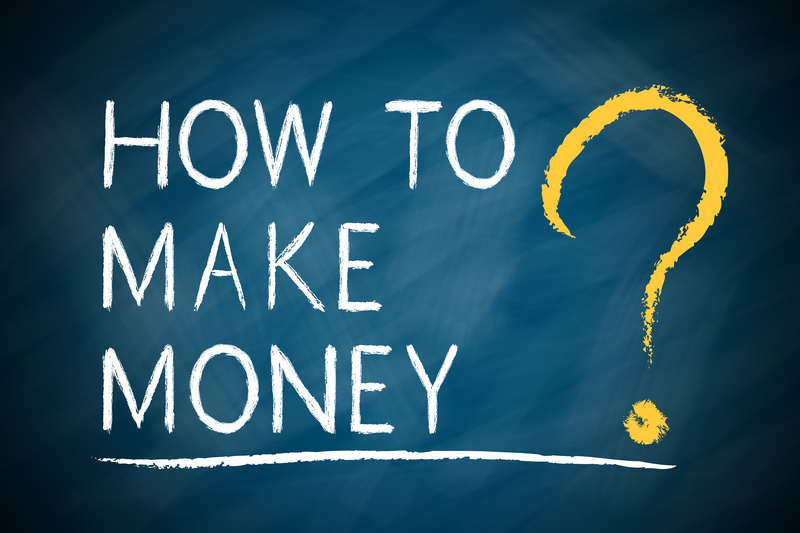The New Year is upon us – time to talk about your goals, right? Goals are important, yes… But I’d like to focus for a moment on one of the real drivers that will allow you to achieve all of your 2019 ambitions, whatever they might be: Keeping Your Brain Happy so it can help you to accomplish your tasks and see your intentions through to success.

We all know what it’s like to try to try to work when our brain is in a fog or just doesn’t want to cooperate with us. We feel like we can’t get it in gear, like everything takes too long and the end result is sadly lacking.
Just like any other part of the body, brains can get tired. Suffering from cerebral fatigue results in a lack of new ideas, poor thinking, lousy problem solving and can even be a cause of depression.
Here then are 12 tips to keep your brain refreshed, energized and happy:
1. Mix it up. It’s just common sense that if you spend hour after hour on the same task, you’re going to get burned out. So instead of writing articles for 8 hours straight, try writing articles for 2 hours, researching your next product for an hour, returning emails for an hour, etc.
2. Don’t multitask important stuff. Sure, you can listen to the radio while you’re doing the dishes, but that’s because neither one requires your full attention. When doing something important like learning a new skill from a webinar or working on your next product, don’t be checking email or the score of the game. By not multitasking you’ll accomplish more in less time, and your quality of work will be better, too.
3. Stand up and move around. If you can, get one of those standing work desks and use it at least half the time. If you alternate between standing and sitting you’ll find that you’re more alert and your brain works better.
4. Take a quick break every 20 minutes or so. 20 minute “bursts” of work followed by 2-3 minutes of non-work can make you productive and keep you and your brain energized. BEST: Do something physical on these short breaks like push-ups, sit-ups or deep knee bends.
5. Engage your senses. Use some peppermint or orange oil to wake you up. Make your work space interesting to look at with thought-provoking art. Use colored paper and pens. Get a worry stone or some kind of object you like to hold and pick this up for tactile stimulation when you’re thinking through a problem.
6. Relax for 10 minutes every 90 – 120 minutes. Take 10 minutes off to meditate, walk around the block or work on a puzzle. Your brain will love this.
7. Work when your brain wants to work. Everyone has their own circadian rhythm. Some people are morning people, others are night owls, and many fall in between. Find out what time of day is your most productive and then schedule that time for your most intense and important work.
8. Prioritize. Work on your most important task first, when your brain is at its freshest. Getting this task done first will also give you a much needed feeling of accomplishment and free you up to focus on smaller goals and tasks.
9. Work less, play more. Seriously, if you’re working 100 hours a week then I suspect you’re only doing 50 hours worth of work. Think about it – how much of your time is truly devoted to working, and how much is devoted to “getting ready to work?” Don’t allow yourself to get distracted by emails, games, news, weather, etc.
Instead focus yourself on getting your tasks done as quickly as possible, and then leave your computer, leave your office and go do something totally unrelated to work. While you are out “playing” your brain will be rejuvenating. One unexpected benefit to this is you’ll find your brain becomes more creative and a much better problem solver when it gets periods of rest, relaxation and diversion from work.
10. Take a weekly vacation. No, I’m not kidding. Getting away once a week does wonders for every part of you, especially your brain. And you don’t have to leave your area to take a vacation. Go someplace locally you’ve never been to, take a class, go to events, spend the day walking downtown or in the woods, etc.
Is the weather terrible and you don’t want to leave home? Then grab that book you’ve got of nature photographs or travel shots and sit in a comfortable chair and transport yourself to the exotic places you see in the photos. In terms of benefits to the brain, it’s almost as good as being there.
11. Exercise. I’m not going to tell you all the reasons why you should exercise here – you probably already know them. And one of the biggest reasons is because when you exercise, your brain works better. You think better and more clearly. I wouldn’t be a bit surprised if people who regularly exercise improve their IQ scores – it’s already been proven to increase memory and comprehension.
12. Feed your brain. Good nutrition is vital to your brain’s well being. If you’re eating processed foods or junk foods, you’re starving your brain. If you’re eating things like fresh fruits and vegetables and fish, then you’re feeding your brain. Don’t believe me? Cut out all junk food and processed food for one week. Add in fish oils or fish, along with plenty of veggies and some fruits. See if you don’t notice a massive difference in both the way you feel and how well your brain functions.
Be good to your brain and it will help you reach your goals this year, and beyond!












